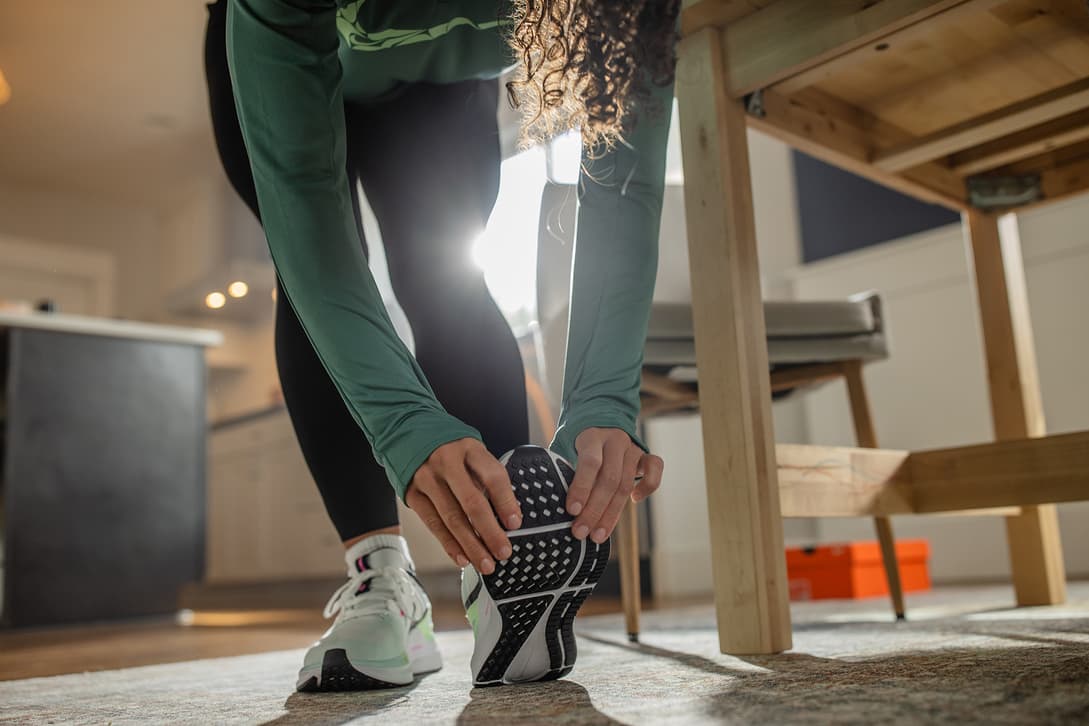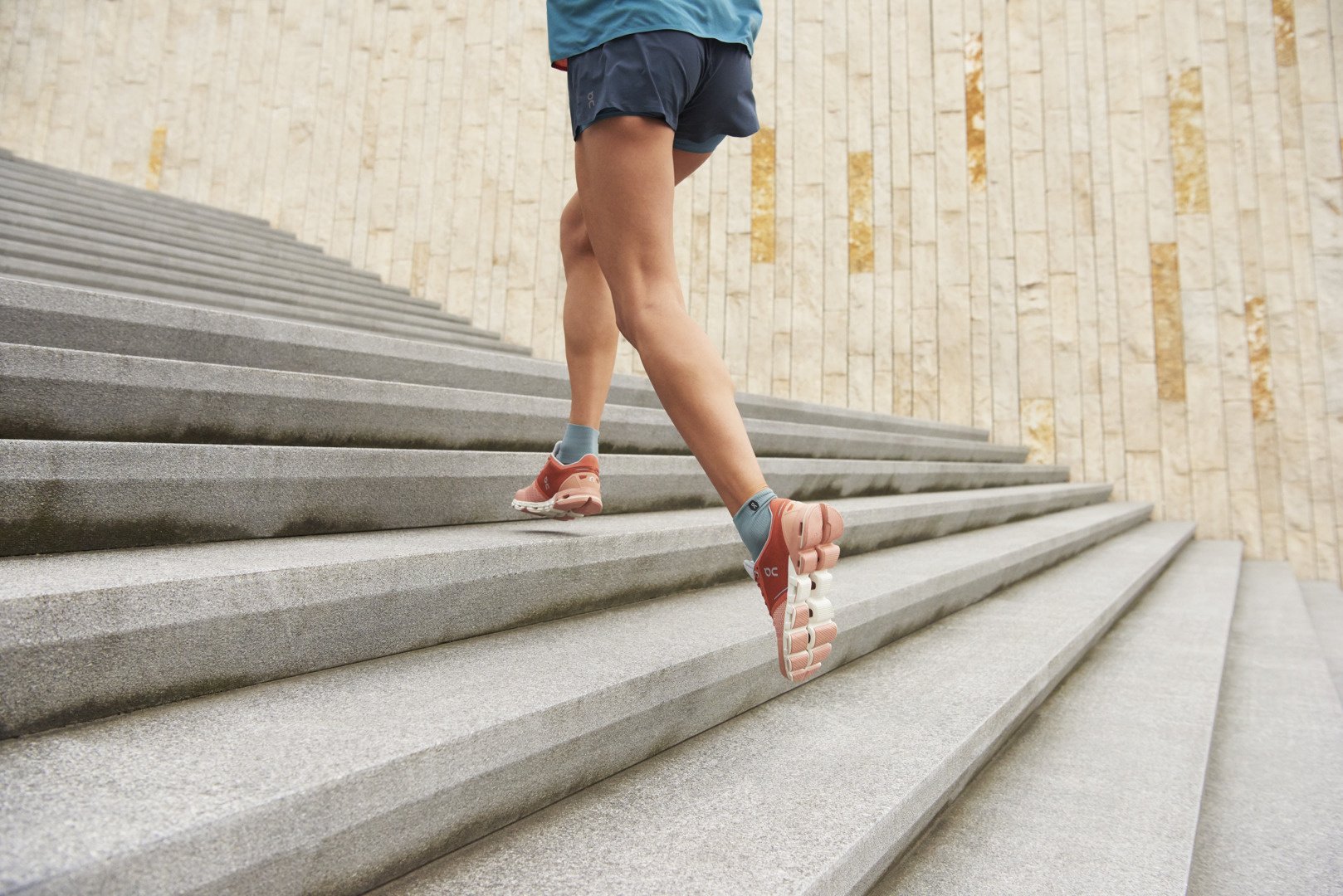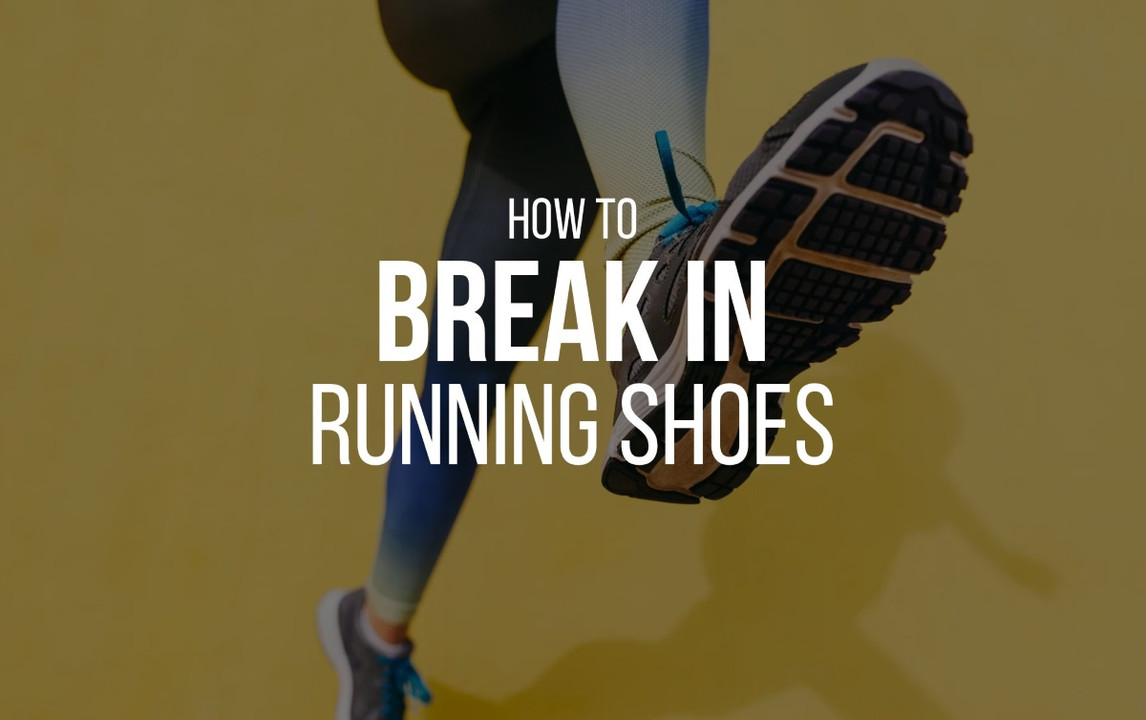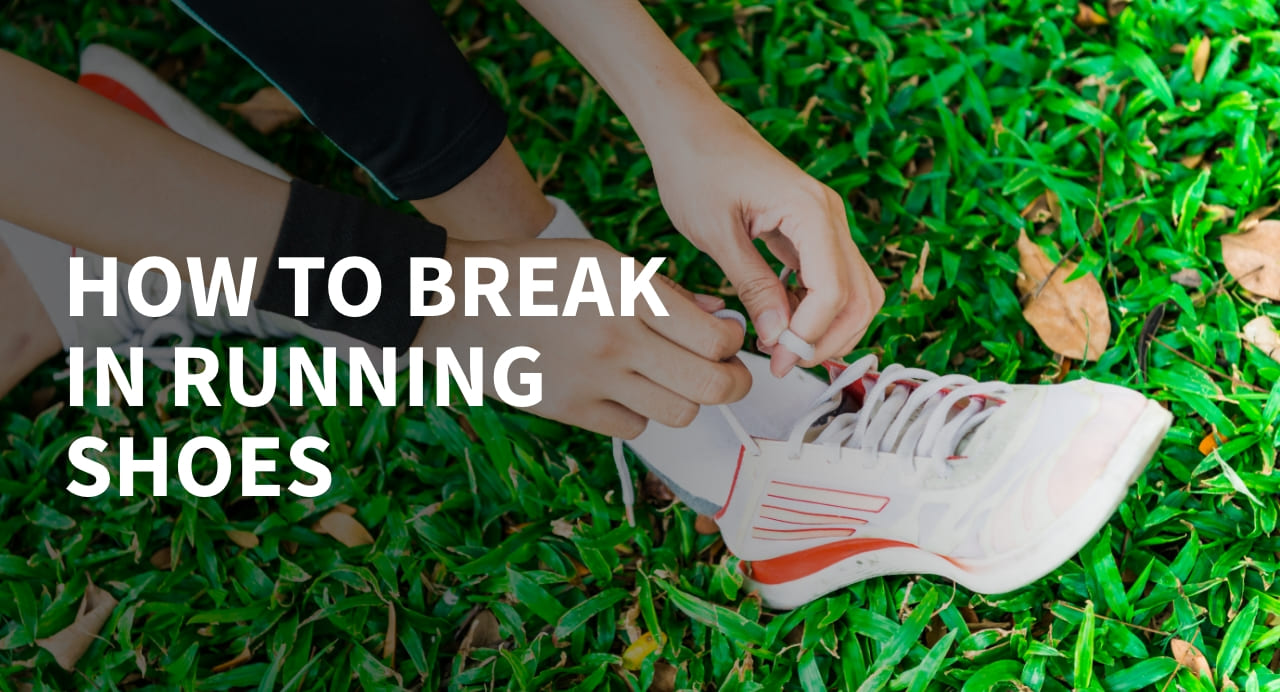When it comes to running, your shoes are your best allies. However, breaking in new running shoes can often be a daunting task. With the right approach, you can make this process smooth and comfortable. This guide not only covers how to break in your new running shoes effectively but also dives into local experiences and cultural insights from running communities across the USA.
Understanding the Importance of Breaking in New Running Shoes
Every runner knows the excitement of getting a new pair of shoes. But why is breaking them in crucial?
- Comfort: New shoes may have stiff materials that can cause blisters and discomfort.
- Performance: Properly broken-in shoes optimize your performance and reduce injury risks.
- Longevity: Taking time to break in your shoes can lead to improved durability and extended life.
How to Break in New Running Shoes: Step-by-Step Guide
Here’s a comprehensive step-by-step process to ensure your new shoes feel great as you hit the pavement.
1. Choose the Right Size and Fit
Always start with the right size. Local running stores often provide gait analysis and fitting services to help you find the optimal fit.

2. Wear Them Indoors
Before stepping out for a run, wear your new shoes for casual activities at home. This allows the shoes to start forming to your foot shape.
3. Short Walks and Light Jogging
Begin with short walks or light jogs. Aim for about 10-15 minutes at a comfortable pace.

4. Gradually Increase Duration and Intensity
After a few days of short sessions, gradually increase your running time and intensity. This helps your shoes adjust without causing discomfort.
5. Use Quality Running Socks
Invest in moisture-wicking, padded running socks to minimize friction and enhance comfort.

6. Mix Them with Old Shoes
Alternate your new shoes with your older, more comfortable ones. This helps your feet adjust without overwhelming them.
7. Listen to Your Feet
Pay attention to how your feet feel. If you experience pain or discomfort, reduce your running intensity until your shoes feel more comfortable.

Methods to Break in New Running Shoes
Comparing Popular Methods
Below is a comparison table of various methods for breaking in running shoes:
| Method | Pros | Cons |
|---|---|---|
| Wearing Indoors | Safe, no impact, easy to assess fit | Limited adjustment under real conditions |
| Short Runs | Simulates running conditions, faster break-in | Risk of discomfort if shoes are too tight |
| Using a Shoe Stretcher | Can adjust specific areas of discomfort | May alter shoe shape if not used correctly |
| Professional Services | Expert assessment and fit | Potentially costly, requires time |

Local Insights: Running Communities Across the USA
The culture of running varies greatly across the United States, impacting how runners approach breaking in new shoes.
East Coast: New York City
In a bustling city like New York, many runners frequent local parks. Local running clubs often recommend breaking in shoes during group runs to share insights and tips.

West Coast: San Francisco
San Francisco runners often engage with trails and hills. Here, breaking in shoes might include navigating uneven terrain, making the break-in process even more crucial.
Midwest: Chicago
In Chicago, where winter weather can impact training, runners often suggest breaking in shoes indoors on treadmills before heading outside.

Tips for a Successful Break-in Process
- Consider temperature: Warm shoes can be more pliable. Try wearing them indoors on a colder day.
- Utilize progressive loading: Gradually increase mileage to avoid injury.
- Monitor shoe condition: Regularly check for wear and tear to understand how quickly they break in.
Pros and Cons of Different Technologies
Modern Shoe Technologies to Consider
Today’s running shoes come with various technologies that affect the breaking-in process:

| Technology | Pros | Cons |
|---|---|---|
| Memory Foam | Conforms to foot shape, enhances comfort | May lose shape over time |
| Mesh Uppers | Breathable, lightweight | Less durable than synthetic materials |
| Carbon Fiber Plates | Improved propulsion, energy return | Can feel stiff during the break-in period |
Frequently Asked Questions (FAQs)
How long does it take to break in new running shoes?
Generally, it may take anywhere from a few days to a couple of weeks. It really depends on the shoe’s materials and your comfort level.
Can you break in running shoes too quickly?
Yes, rushing the process can lead to blisters or injuries. It’s essential to listen to your body.
What should I do if my new shoes cause blisters?
If blisters occur, stop using the shoes immediately and allow your feet to recover. Consider using blister prevention products such as moleskin or blister pads.
Final Thoughts
Breaking in new running shoes is an essential process that requires patience and attention to detail. By following the tips and methods outlined in this guide, you’ll be well on your way to a comfortable and productive running experience. Remember, while local culture can influence how we approach breaking in shoes, the key is to find what works best for you personally.
For further reading and detailed studies, check out the following credible sources:
- National Center for Biotechnology Information – Analysis on running shoe comfort and performance.
- Runner’s World – Insights on shoe technology and breaking in shoes.
- ScienceDirect – Study on footwear fit and performance.